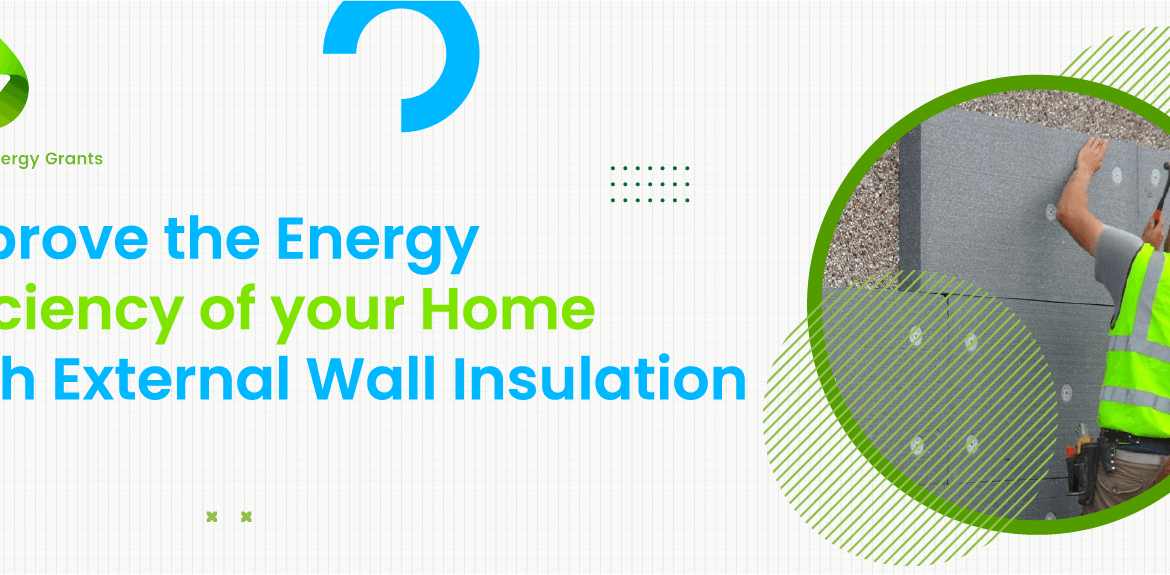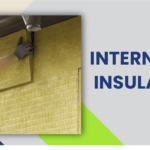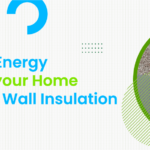Are you tired of losing heat through your walls? Or do you want to reduce your energy bills while increasing the value of your property? Manchester energy grants bring the external wall insulation that might be the solution you’re looking for. This article will explore what external insulation is, its installation process, and its maintenance.
Let’s get started!
What is External Wall Insulation?
It is a process that involves adding insulation and cladding to the outside of your property’s walls. The insulation material can vary, but it’s usually made of expanded polystyrene (EPS), mineral wool, or polyurethane foam. It involves adding insulation material and external wall insulation cladding to the outside of the walls, which can be made of different materials such as brick, concrete, or stone.
This method is a great way to improve the insulation of homes with solid walls that cannot benefit from cavity wall insulation. It can also provide many benefits, from reducing energy bills to improving property value and thermal comfort.
What are some signs that your home have solid walls?
Houses built before 1920 are likelier to have solid walls without a cavity. You can inspect the brick pattern to check if your home has solid walls. In solid walls, every other brick is typically placed end-on rather than being of the same size.
If you’re unsure about your home’s wall type, don’t worry. Our experienced assessor can check and confirm the wall type during a survey.
So, If your home has solid walls, you may want to consider insulation from MEG, as it’s away to improve its energy efficiency.
How is External Wall Insulation Installed?
We do External installation in these easy steps
1. If your property has been identified as suitable for external insulation during the survey, the first step in the installation process would be to erect scaffolding. This is necessary so that the installation team can access the external walls of your home. Before the insulation boards can be installed, and enabling works will be carried out. This involves removing or extending any fixtures and fittings that may affect the installation process.
2. Next, a thermal layer is attached to the existing external walls, which is then covered with a render or decorative cladding to protect it from wind and rain.
3. Once the external insulation system has been fitted, and any fixtures and fittings removed during the process are put back in place. Finally, the scaffolding is removed.
FAQ’s
Are there funds available for external wall insulation?
The government has a program called Energy Company Obligation (ECO4) that provides funding to improve the energy efficiency of homes with low income, qualifying benefits, and low property energy ratings. The eco-funding program is designed to reduce carbon emissions, address fuel poverty, and help homeowners save money on their energy bills.
How much does external wall insulation cost?
It’s hard to know the exact cost of insulating a wall without first assessing the condition of the wall, how high it is (which affects the need for scaffolding), and what type of insulation is best. There are also building regulations that need to be taken.
What materials are used for external wall insulation?
The most common materials used for wall insulation are polystyrene, mineral wool, and polyurethane foam. Each material has its advantages and disadvantages, and the choice of material will depend on the specific requirements of the building.
How long does external wall insulation last?
MEG, external wall insulation can 25 years if installed correctly and maintained properly. The insulation’s lifespan will depend on several factors, including the quality of the materials used, the installation method, and the level of maintenance.
What are the benefits of external wall insulation?
External insulation has several benefits, including improved thermal efficiency, reduced energy bills, and improved comfort levels in the property. It can also help to reduce condensation and prevent dampness problems.
Can external wall insulation be applied to an existing building?
It can be applied to an existing building. However, it is important to ensure that the building is structurally sound and that any existing damp problems are addressed before installation.
Is external wall insulation environmentally friendly?
Our insulation can be an environmentally friendly option, as it can help to reduce energy consumption and lower carbon emissions. However, the choice of insulation material will also impact the environmental impact of the
insulation. It is important to choose a material that is sustainable and has a
low environmental impact.
Is external wall insulation suitable for all types of buildings?
It is suitable for most types of buildings, including houses, flats, and commercial properties. However, it may not be suitable for buildings in certain conservation areas or listed buildings where the external appearance of the building is protected.








 Boiler Grant
Boiler Grant